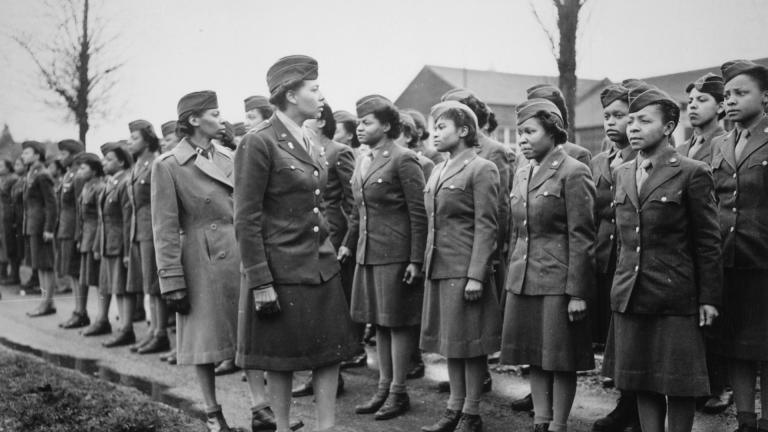The Untold Story of WWII’s All-Female Postal Battalion
While World War II is filled with remarkable narratives, one story that remains largely overlooked is that of the 6888th Central Postal Directory Battalion, known as the “Six Triple Eight.” This battalion was primarily made up of African American women, with at least one Puerto Rican and one Mexican woman among its ranks.
The Formation of the Six Triple Eight
The Six Triple Eight was formed in response to a critical shortage of personnel needed to manage the U.S. Army’s postal service in Europe, which severely affected troop morale. In March 1942, the Women’s Army Auxiliary Corps was created to enable American women to contribute to the war effort. By July 1943, this organization evolved into the Women’s Army Corps (WAC), leading to the establishment of the Six Triple Eight.
In 1944, civil rights activist Dr. Mary McLeod Bethune advocated for expanded military opportunities for Black women. Working alongside other African American leaders, she approached First Lady Eleanor Roosevelt, which facilitated the enlistment of African American women into the WAC, albeit under segregated conditions. After extensive training, the 6888th Central Postal Directory Battalion was tasked with addressing the challenges of overseas mail.
Setting Sail for Europe
On February 3, 1945, the Six Triple Eight set sail for Glasgow, encountering several close calls with German U-boats during their journey, which forced their ship to perform evasive maneuvers.
A Daunting Task
Upon their arrival in Glasgow, the battalion traveled by train to Birmingham, where they began work at a mail facility on March 4. They faced an overwhelming backlog of mail stored in warehouses filled to capacity. The working conditions were far from ideal, with dark, damp spaces lacking heating and having windows painted over.
Despite these hardships, the women quickly implemented an efficient sorting system, completing their task in just three months—half the time originally projected.
Onwards to France
The battalion was later relocated to Rouen, France, where they encountered a similarly overwhelming backlog of three years’ worth of mail. Given six months to complete the assignment, they again finished in just three months.
A Warm Welcome in Paris
In Paris, the Six Triple Eight enjoyed more comfortable accommodations, staying in two elegant hotels with meals prepared by hotel chefs and maid service. While the workload remained steady, the number of women in the unit diminished as many WACs were sent home. By November 1945, only 558 of the original 850 members remained.
Returning Home
The Six Triple Eight returned to the United States on February 27, 1946, and were disbanded on March 9, 1946. At that time, their significant contributions went largely unrecognized.
Charity Adams Earley
A complete account of the Six Triple Eight would be remiss without mentioning their commanding officer, Charity Adams Earley. She was the first African American woman to become an officer in the WAC and held the highest rank of any African American woman by the end of the war.
Adams exemplified strong leadership, fostering morale within her squad and even establishing a beauty salon tailored to African American hair care. When a general suggested sending a white lieutenant to guide her in managing her unit, Adams famously responded, “Over my dead body, sir.”
Charity Adams and the women of the Six Triple Eight undertook a significant and challenging mission, excelling despite the discrimination they faced. Their extraordinary accomplishments deserve a prominent place in history, highlighting their remarkable service.
